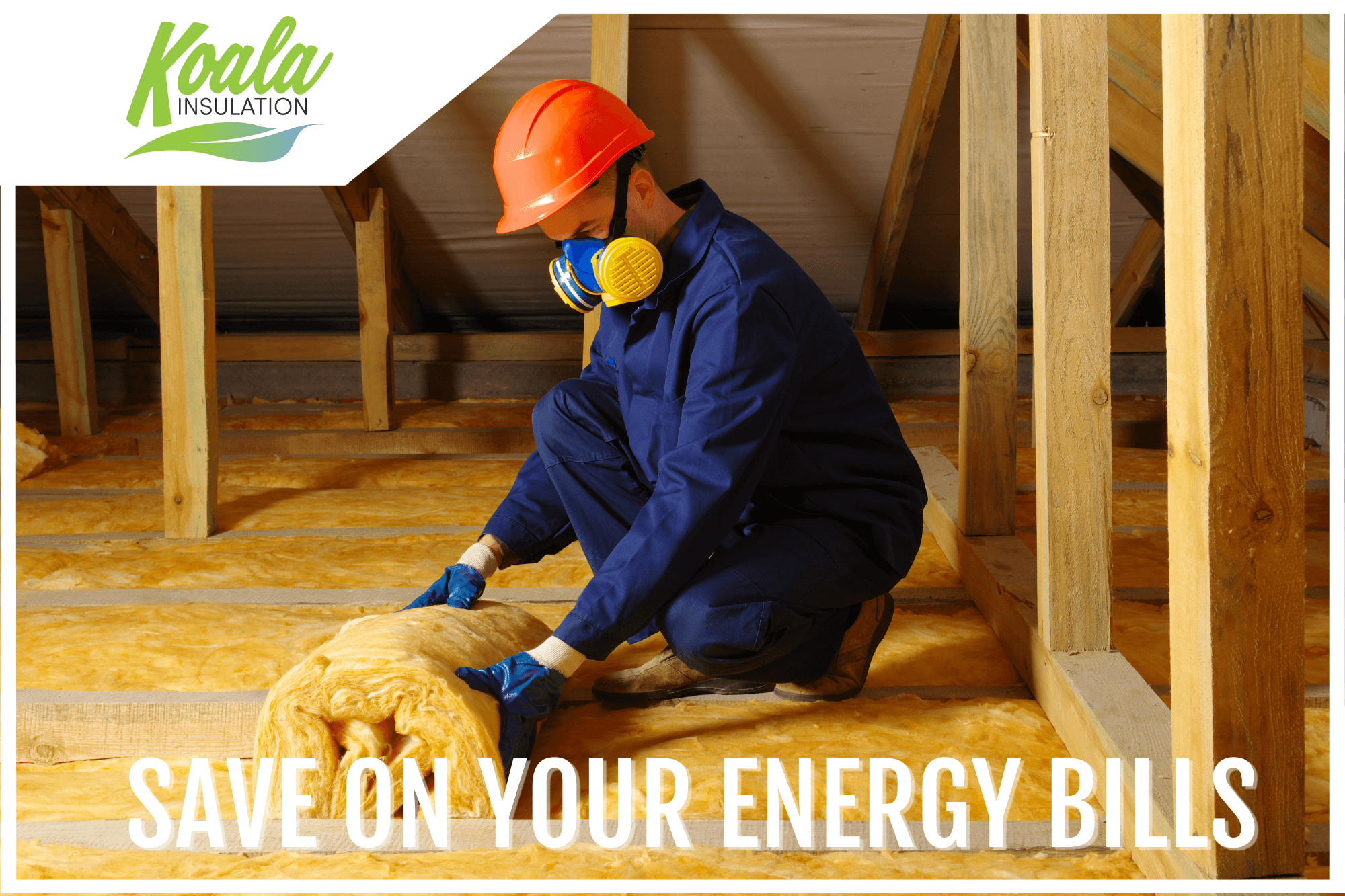How to Lower Your Energy Bills with the Right Insulation

Batt insulation or blanket insulation generally consists of fiberglass or mineral wool insulation. It is pre-cut and sized to fit most standard building sizes and are best suited for residential houses. It commonly is used in between wall studs, attic rafters, and ceiling joists. This type of insulation can be used throughout the house, insulating floors, walls, ceiling, and attics as well as basements and crawl spaces.
There are many benefits to consider when choosing Batt Insulation. It is a cost-efficient option, offers varying degrees of sound absorption, can reduce energy costs, and is available in different materials and thicknesses to help achieve optimal energy efficiency. When installed correctly, it blocks any gaps and creates an airtight seal, stopping the flow of air and the transfer of heat.
Positive Impacts of Batt Insulation
- Reduce Energy Costs – Insulation can be one of the most effective ways to reduce your energy costs. With proper installation, it can decrease the amount of power required to cool or heat a house by as much as 60%. With proper insulation, you will spend 30% less on heating and cooling, as your HVAC will run less.
- Lower CO2 Emissions – Insulation reduces the amount of wasted energy in your home, by reducing the transfer of heat through your structure. Less carbon dioxide emissions mean fewer emissions of greenhouse gases.
- Improved Comfort- Insulation keeps your home at a comfortable temperature, by reducing the amount of heat escaping in the winter and by keeping the cool air inside your house in the summer. It also provides consistent temperatures within your house, eliminating hot or cold spots.
- Reduced Condensation – Insulation can help prevent condensation by controlling airflow and decreasing humidity. When warm air from inside combines with cold exterior air, it creates moisture and condensation, which could cause mold and mildew to grow.
- Reduced Sound and Noise – Insulating the walls and ceilings can minimize the amount of environmental noise coming into your home. It is designed to absorb sound vibrations in walls, floors, and ceilings.
Batt insulation has been used for decades and is still a popular choice. It is the one insulation that requires additional consideration in terms of working around fixtures such as electrical boxes, writing, ductwork, and plumbing vents. Aluminum flashing, high-temperature silicone caulking, or expanding foam must be used to eliminate any areas where air leaks could occur.
Do I need insulation?
If your house was built before 1960, you’ll probably need new insulation. Insulation codes laws weren’t put into effect until 1965, even then builders only insulated about 25% of homes. After 1965, builders added insulation to walls, but the insulation was only 2” when an average wall cavity is 3.5”. For insulation to be most effective, it should be installed so it fits into the wall cavity completely. Even today, 90% of U.S. homes are under-insulated.
Most homeowners don’t think about their attic’s insulation when having comfort issues. They try and address the problems by sealing windows and doors. Not realizing that insulation has up to three times an impact on their home’s energy bills.
In a 2012 energy study, it stated that “If all U.S. homes were fitted with insulation based on the 2012 International Energy Conservation Code (IECC), residential electricity use nationwide would drop by about 5 percent and natural gas use by more than 10 percent.” The study showed that by increasing insulation in U.S. homes across the country, not only did energy usage decrease but there was also a reduction in carbon dioxide emissions as well as other pollutants.
Professionally installed insulation will save you money in the future and put less demand on your energy resources. It will help to keep the temperature instead of your home consistent from room to room. Our experts install only the highest quality materials, ensuring you get the optimal benefits.
Find Your Location


Get a quote



